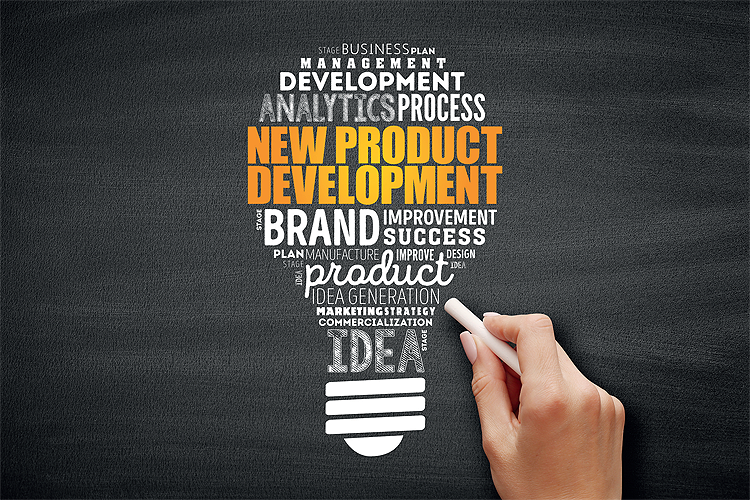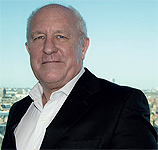
Make a plan
Many people have amazing ideas for drinks but getting a new brand up and running can suck up a lot more cash than many other sectors. As retailers, you’ll be well aware of what’s involved in promoting an unknown product: the purchasing decision, logistics, merchandising in store (and the rest).
It might be useful to also look closely at the costs involved in developing a drink brand as if you were doing it yourself, taking the product from inception to success.
Numerous beverage start-ups do not predict the time, energy and more importantly, money that will be needed to bring a product to life. At Brand Relations, we need to be convinced of a few important points before we get involved:
- What chance has your idea of success?
- Have you the funds to take this all the way through to market?
- Can you afford to lose that money if, for any reason, it fails?
If someone doesn’t have the funds to see the whole process through, or is risking their life savings – then we suggest taking stock, and going back to the ‘drawing board’. It’s hard work, and it takes a lot of money – so we recommend people are clear about what it will take and are committed to following through.
If you are ready to go ahead, the first step is to seek professional help. Doing this by yourself, without any knowledge or experience of the industry, will almost certainly guarantee you fail.
So, what professionals do you need to help you?
1/ Recipe Developers
Whatever you have made in the kitchen is unlikely to transfer to the factory for mass production and NO co-packer wants to be messing around and blending anything. So, find a recipe developer to translate your mix into a simple recipe that can be mass produced.
There are several elements to consider, including the nutritional information required on the packaging, and the legality of the ingredients. Not all ingredients are allowed to be used so you need to digest the Novel Foods regulations. You also need to know the health and taxation issues surrounding sugar levels.
Remember customers buy for health and return for taste, so it’s very important you get the best taste possible. Also, avoid preservatives. Consumers don’t want these anymore.
2/ Packaging
Deciding on the packaging is crucial to moving forward, there are a few options: Glass, PET (plastic), Tetra Pak or Cans.
Glass is cheap to produce as it can be filled in small runs because the material can cope with high temperatures of pasteurization. However, glass is great until a wholesaler turns you down due to the weight of cases, or the unfortunate fact that glass often breaks while being transported or in store.
Glass does not cope well with mail order either, which due to the pandemic has grown massively within the last year.
PET (plastic) has lost popularity since the campaign against single-use plastic packaging. Many buyers will no longer stock anything other than recyclable packaging.
There are three types of PET packaging:
- ‘Hot fill’ which can be completed in small runs but requires thick unattractive packaging to withstand the high temperatures the product is filled at.
- ‘Aseptic’ which must be completed in high volumes due to the aseptic area the drink is filled in. The lines must be cleaned each time making this style of production VERY expensive with only a six-month ambient shelf life.
- ‘HPP’ or ‘High-Pressure Processing’ is more suited to juices as you can utilize the pressure of cold water to kill any bacteria. Again, very expensive due to the small batches and short 60-day shelf life and the need for the product to be kept chilled. However, this style of packaging is fantastic for juices due to its retainment of flavor and antioxidants.
Tetra Pak. The advantage of this packaging is that it comes in a variety of shapes and sizes, but the downside is that it is VERY expensive for start-ups due to the minimum run being 100,000 units per flavor.
Cans. With 75 percent of the world’s aluminum now being recyclable, cans are the most popular format of packaging on the market. They can be filled in runs as low as 1000ltrs. Filling blank cans to keep the cost down and they can be labelled later. A two year shelf life makes them the least wasteful of all the packaging options.
3/ Branding
There is a big difference between a designer with technical skills, and a brand consultant who can speak to your target market through the messaging on the drink’s packaging design. Your branding absolutely must be able to educate your target market quickly, simply, and clearly. A beautiful eye-catching design is pointless if it doesn’t tell your consumer what s/he needs to know.
Your product must clearly and simply showcase its point of difference and its advantages over the competition. This is much more important than your logo. So, focus on what you want to tell your target consumer, not on the design you think is attractive.
DO NOT cut corners here as 90 percent of a first sale is the branding. If this isn’t right you can have the best tasting product in the World, but no one will pick it up off the shelf, so no one will ever know.
4/ Website and Marketing Material
Getting your website right is important as it is your shop window to the world. In your product’s early days, it is used mainly as a showcase to trade buyers looking into your brand, but once you launch to consumers it will also need to be your online shop. It is an important tool that will help generate online sales and explain to customers why they should buy into your brand.
In addition, you’ll need to budget for sample boxes and other marketing material. Everything adds up so allow a little more to cover the unexpected.
You’ll also need to budget for PR, Social Media and possibly online advertising too.
So how much will all this cost?
Recipe development, packaging, branding, website and marketing to take you to the launch will easily cost you in excess of £35,000. Once you launch then there will be additional costs to consider and don’t be fooled into thinking sales will fund these – in the short-term that is very unlikely, especially as many wholesalers have long payment terms.
If you don’t have, or can’t afford to lose, at least £35k, then my recommendation would be to spend your money elsewhere.
Like all new businesses only one in ten survive. Launching a new drink is a long, slow journey. When you see successful brands, they will have used up a lot more than their initial investment before they came onto your radar, or anyone else’s.
From experience with my own brand, I never made a penny, let alone drew a salary for the first five years – despite the product being sold successfully all over the world. Any profit went straight into marketing. But I made it all back and a lot more, when I sold the brand to a Dutch billionaire.
With planning and the right professional advice new drinks can become hugely successful, in partnership with great retailers.
 Brand Relations
Brand Relations
Richard Horwell is the owner of Brand Relations, a specialist food and drink marketing and branding company based in London. Brand Relations has launched over 100 brands and continues to aid innovative and unique products that powerfully enter the market. It offers a tailor-made service to perfectly suit your needs and successfully build your brand. Brand Relations combines industry knowledge and extensive contacts within development, marketing and branding, all under one roof.
www.brandrelations.co.uk